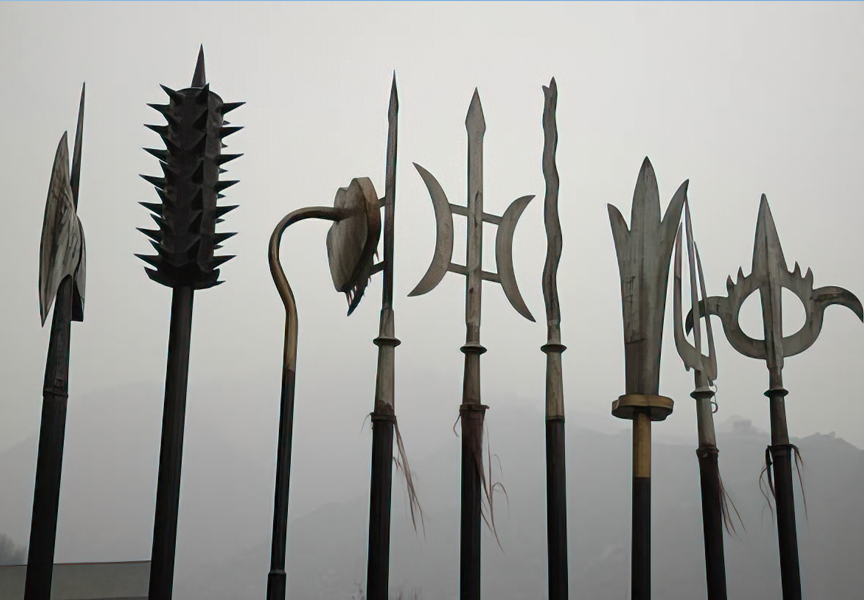Random Free Articles
- Ηeart to Ηeart Τransmission
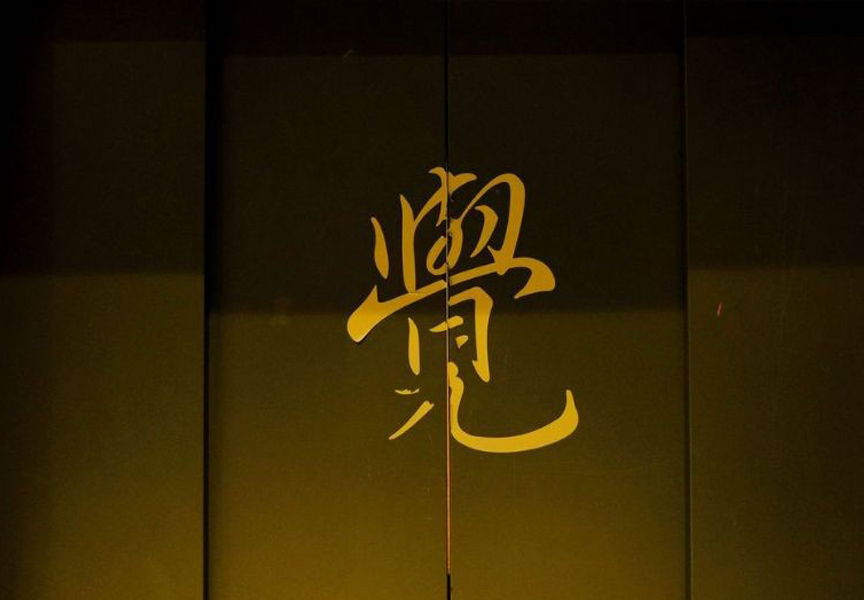
What the Heart Feels, the Mind Transmits Education is a multifaceted process that goes beyond the mere exchange of instructions. In the realm of learning and teaching, there exists a profound and often overlooked dimension known as "heart to heart transmission" [Chin.: FóXīn 佛心 | Jap.: Ishin-denshin]. This form of communication transcends the physical and intellectual, delving into a realm where profound understanding and…
- Fenjie in Chinese Martial Arts
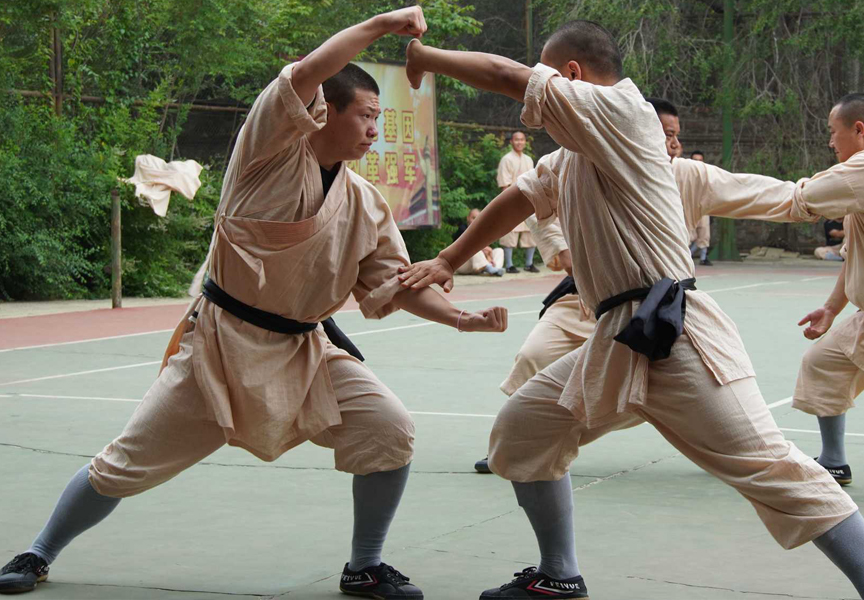
Dissecting Forms for Combat Mastery In the vast realm of Chinese martial arts, the term Fenjie, which translates to analysis or disassembly in English, holds significant importance. This concept is deeply embedded in the traditional practice of martial arts, especially when it comes to the study and application of various forms. Fenjie [Chin.: Fēnjiě 分解] involves the meticulous process of breaking down complex movements within a martial…
- Vital Role of Qi in Shaolin Kung Fu
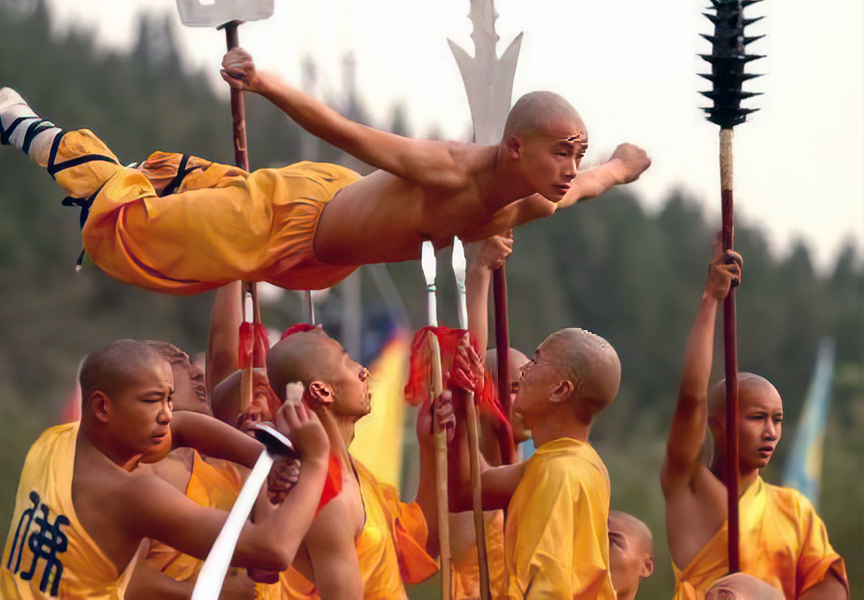
Shaolin Kung Fu, a traditional Chinese martial art with a history spanning over a thousand years, is renowned for its intricate techniques, disciplined philosophy, and the cultivation of inner energy known as Qi. In every movement, stance, and strike, the utilization of Qi is considered not just essential but vital. This ancient martial art emphasizes the harmonious integration of mind, body, and spirit, and the proper use of Qi is at the…
- Τhe Εssence of Τayao
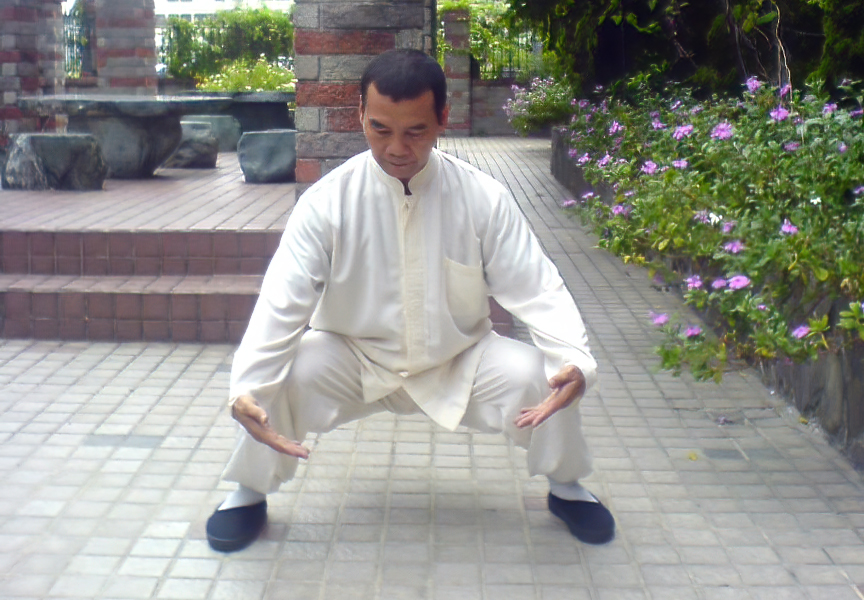
Ta Yao [Chin.: Tā yāo 塌腰], or sinking the waist, is a fundamental principle in Shaolin Rou Quan, which involves lowering the center of gravity and maintaining a flexible and rooted posture. This concept is not unique to Shaolin Rou Quan but is also essential in many other martial arts and sports. It involves dropping the waist and engaging the core muscles, creating a stable base for movement. It is this stability that provides Shaolin…
- Following a Master and the Mind Path in Today's World
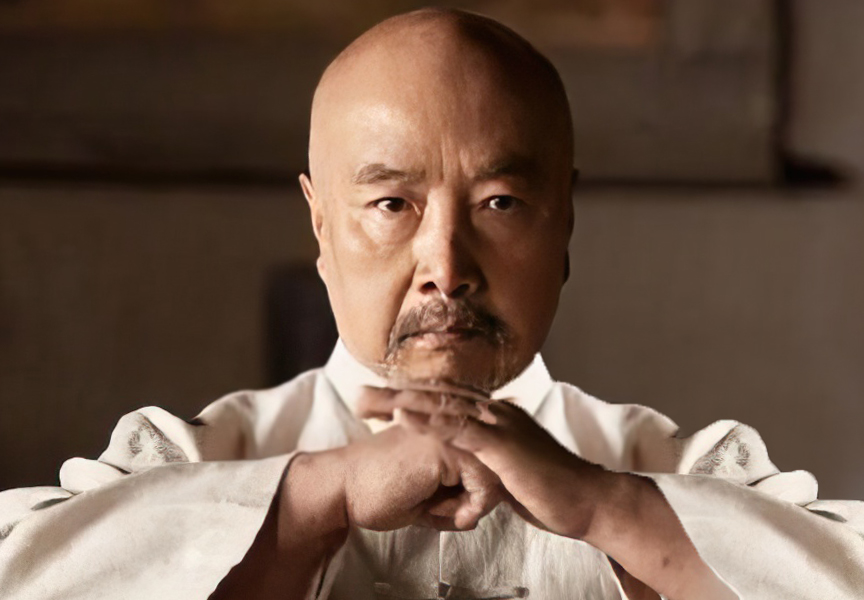
In the fast-paced and modern world we live in today, the pursuit of traditional martial arts and the path of the mind has become an increasingly challenging endeavor. As technology advances and lifestyles evolve, the traditional ways of following a martial arts master and embracing the path of the mind often seem out of sync with the demands of contemporary life. However, for those who embark on this journey, the rewards are profound, offering…

